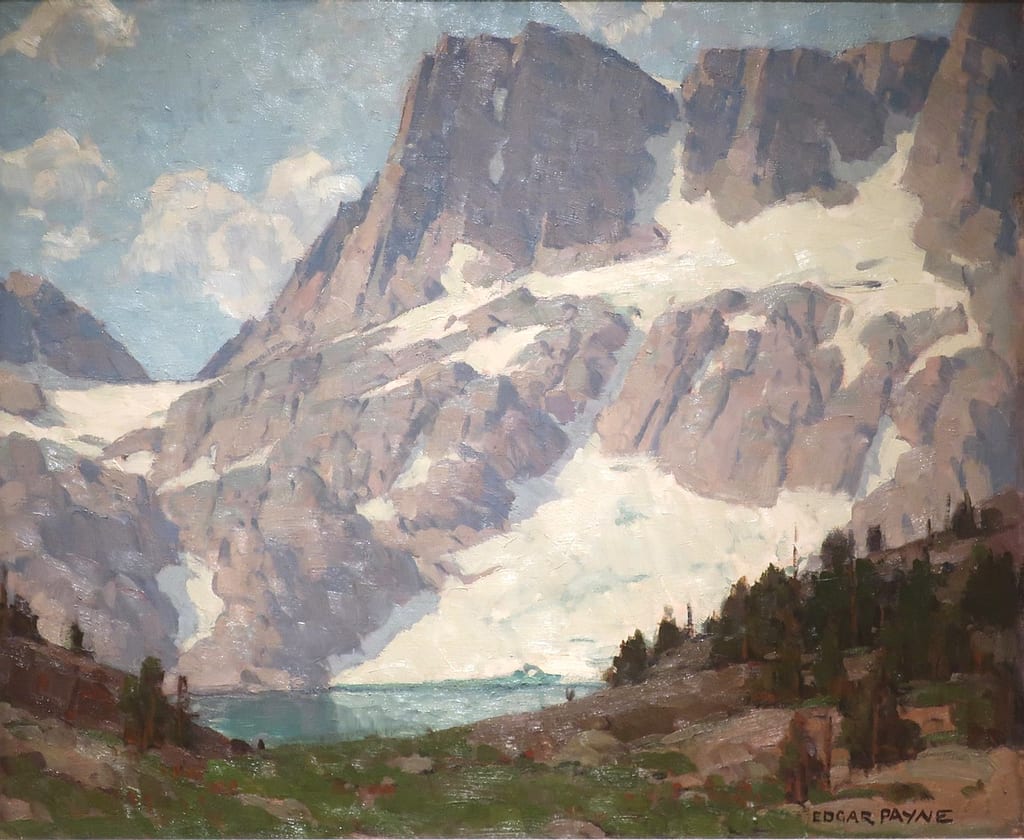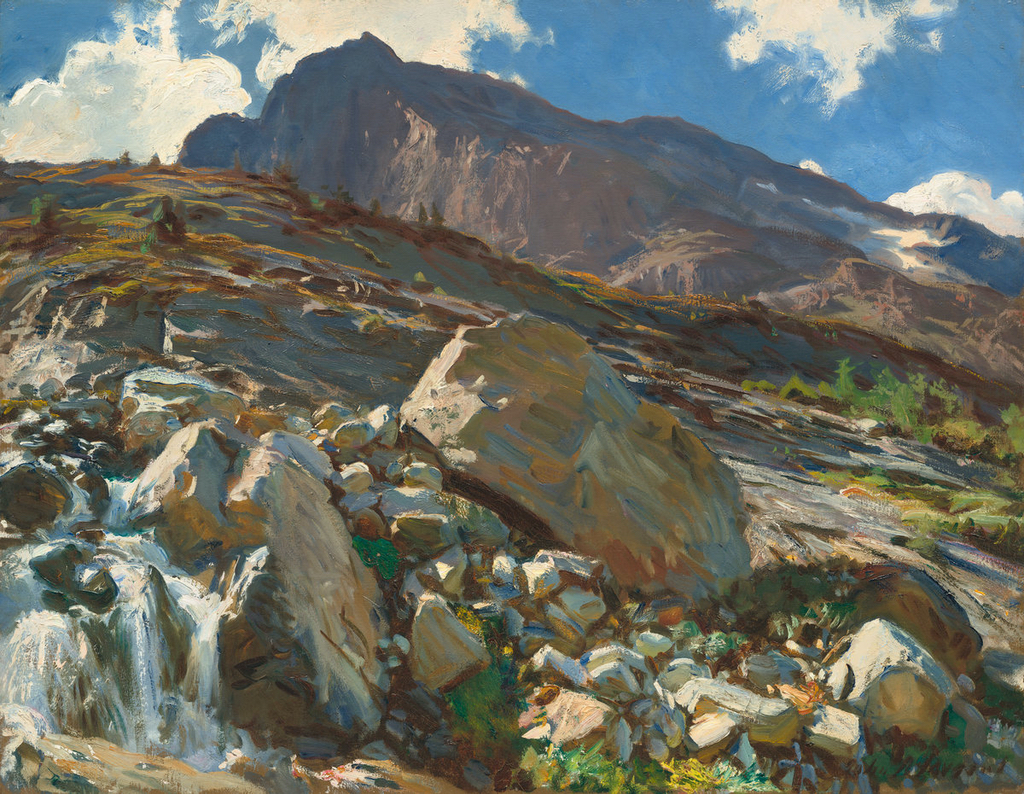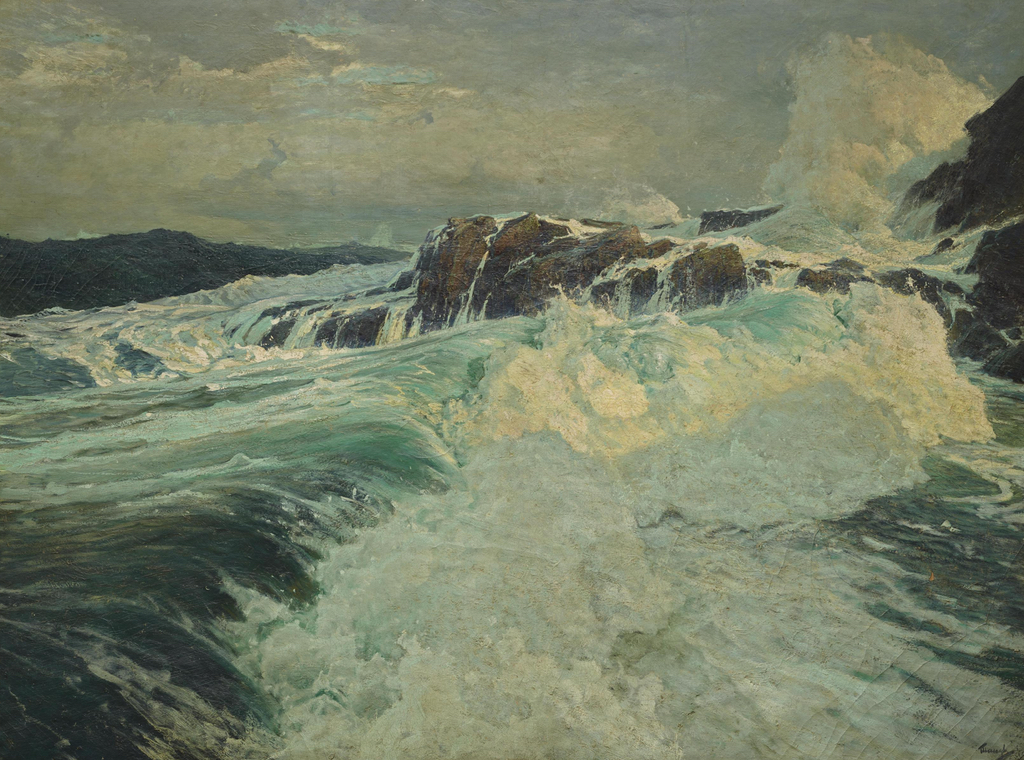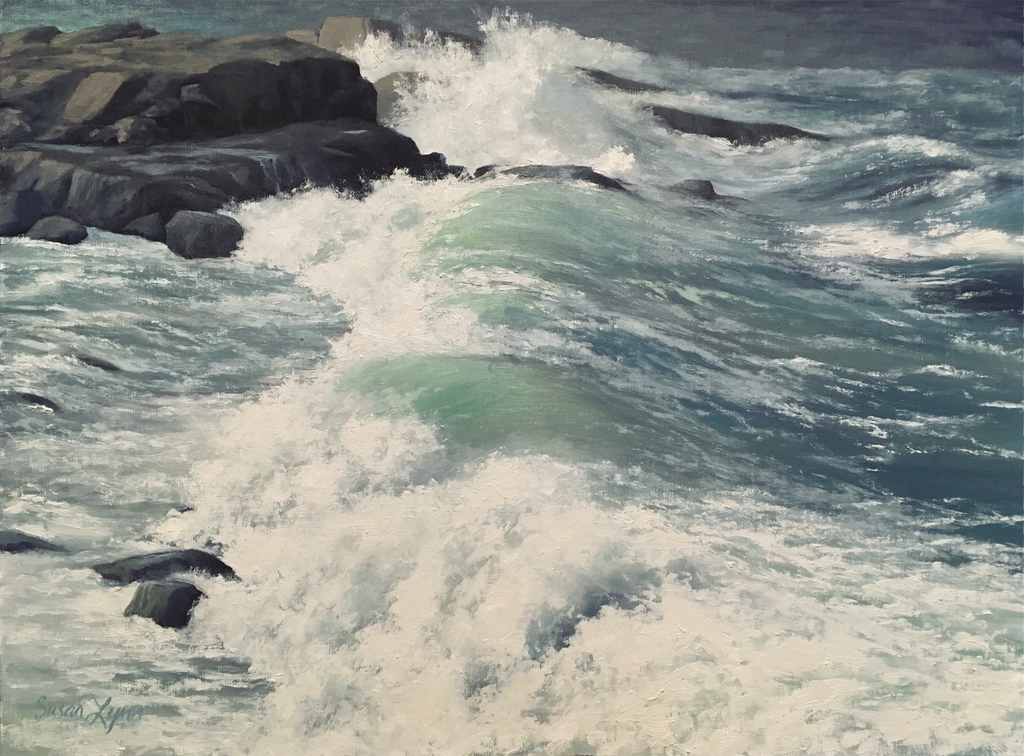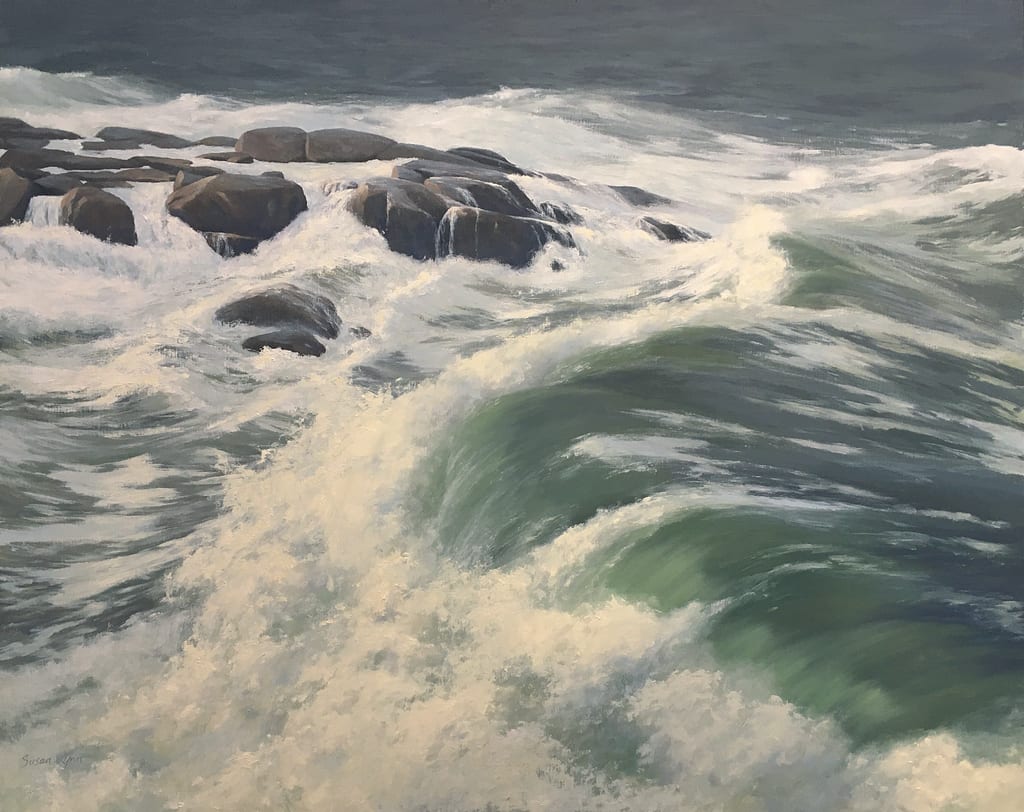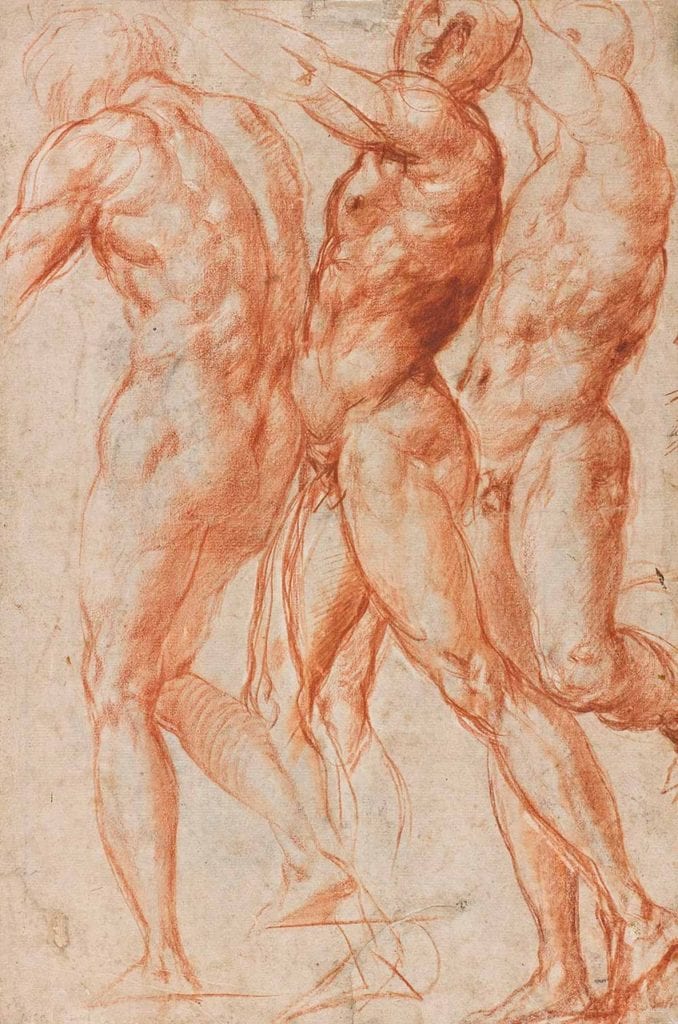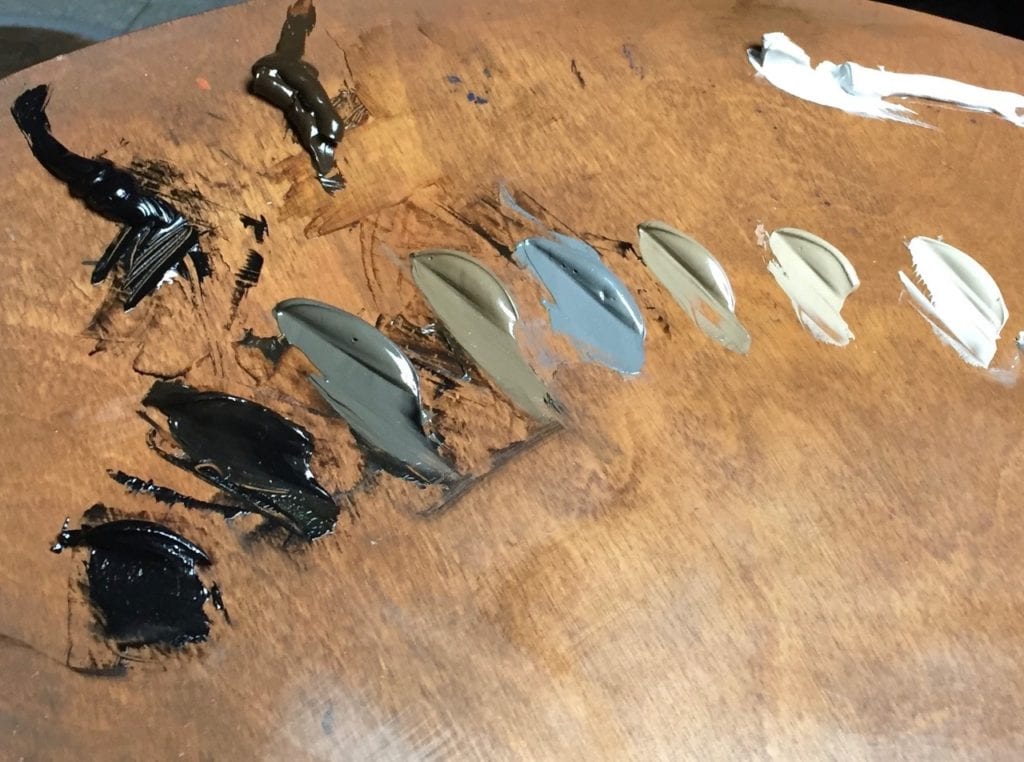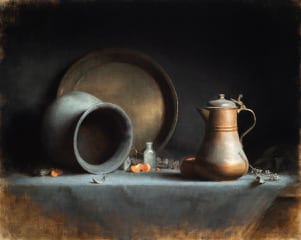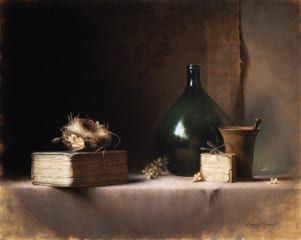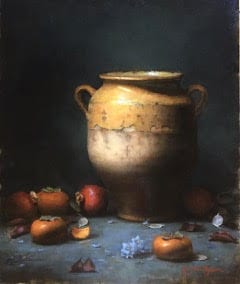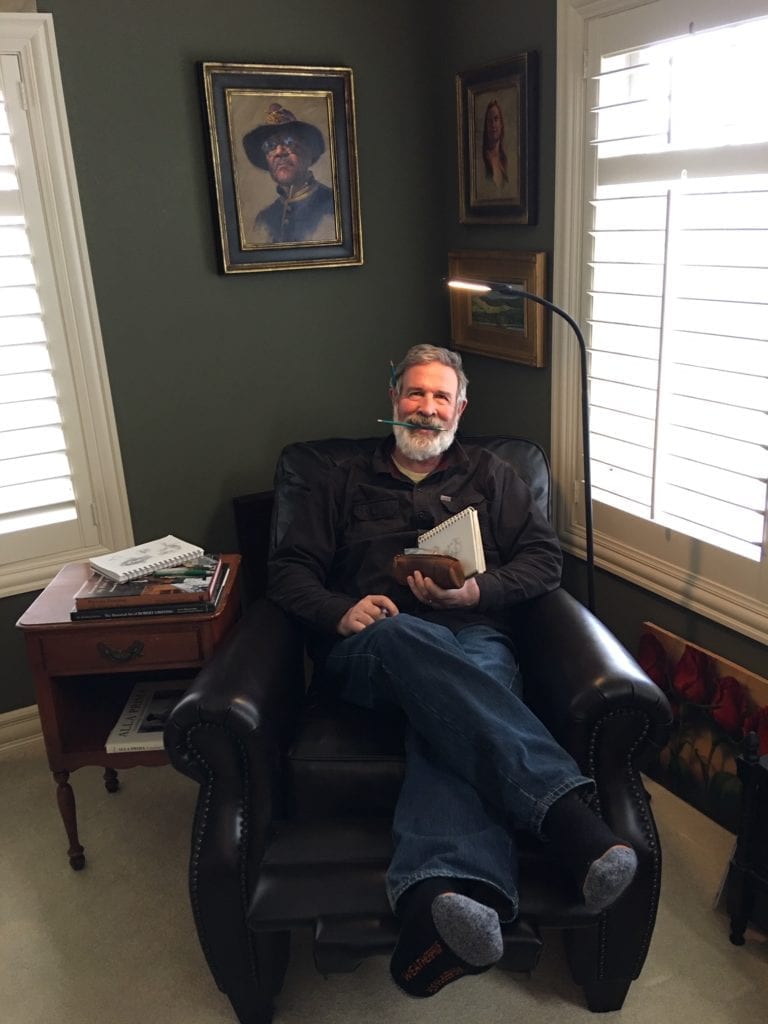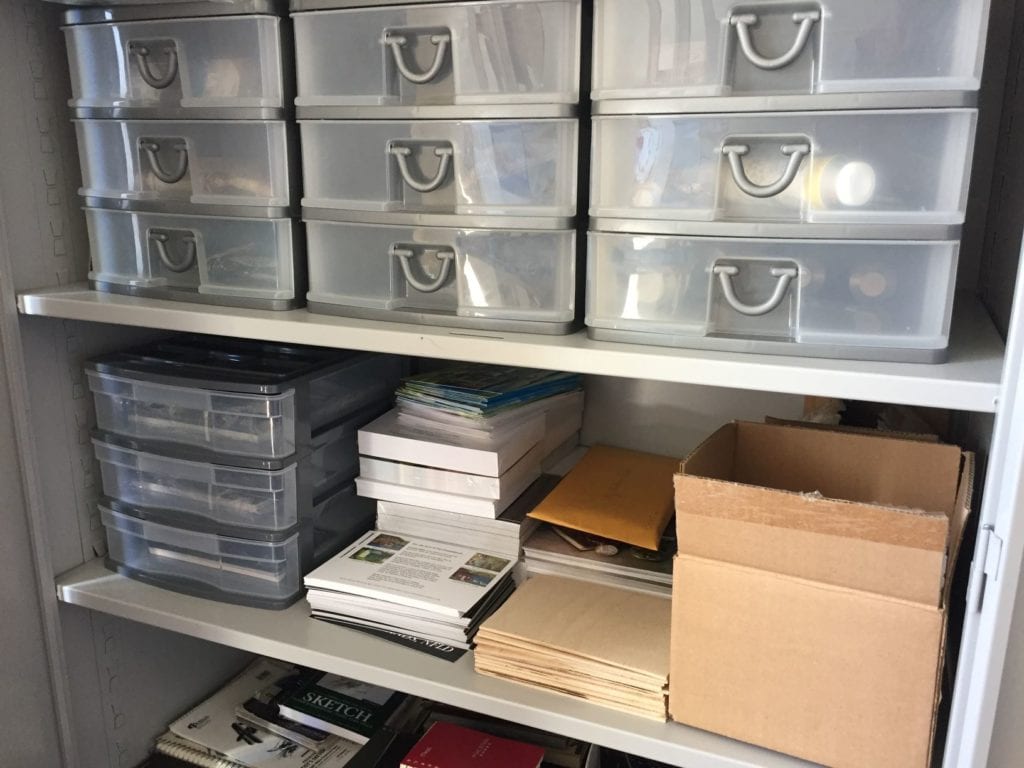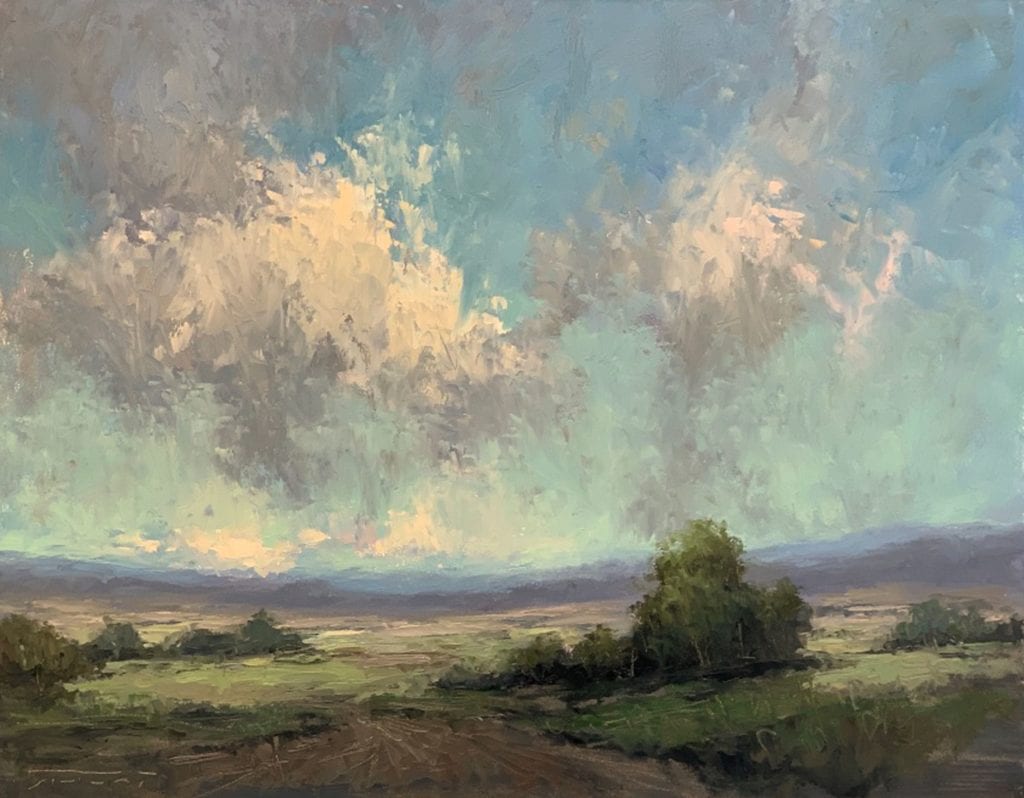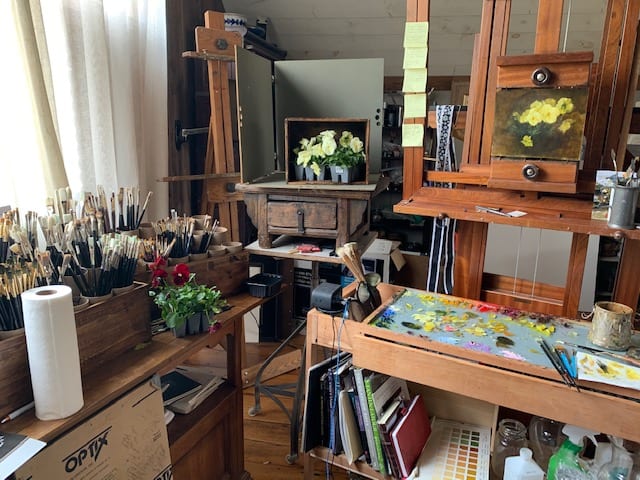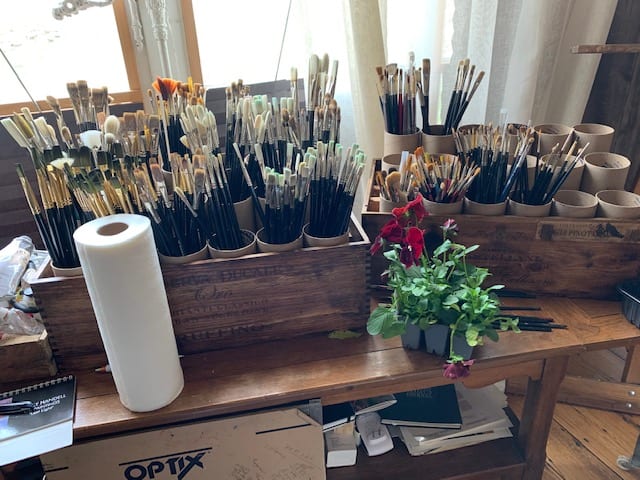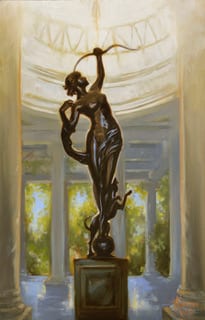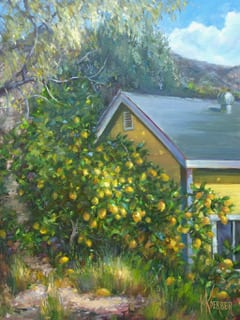The first couple of weeks were okay, right? In fact, you probably said, “Hey, I’m an artist! My life hasn’t changed that much, in fact, it’s better now that I don’t have to put on pants or go anywhere!” You painted every day in an immaculately organized studio. Then about a month in, you started feeling a bit…off, but you wanted to stay active and engaged, so maybe you signed up for a Zoom workshop or began watching some of the instructional videos being offered by your favorite artists. A couple weeks later, the Zoom calls may have started to feel burdensome and a far cry from the “real thing.” Another month went by, and by then, you probably had your fair share of Netflix binging, wine and chocolate, and sleeping in till noon. Perhaps, the fear started creeping into your mind that you might not be okay if you can’t display your work in exhibitions, and if collectors don’t start buying art again. How will you pay the rent, or buy more art supplies? And now you’re finally admitting, “I just don’t feel like painting.” If this describes you, at least in part, you are not alone! So… during this time of uncertainty, how are we artists supposed to get out of this funk?
This incredibly strange season of quarantine and social distancing isn’t the first time in my life that I’ve felt unmotivated to paint. I’ve been through two pregnancies, where my body (and mind) was giving 110% to growing another human being. I had to fight for every shred of inspiration that I could muster. And while I’m normally a very motivated person, it’s impossible for anyone to be “on” for 24/7. However, if you’re like me and you hate the thought of wasting time, you can use those uninspired moments to engage in something besides painting. Specifically, you can use that time to start crafting YOUR STORY.
Hold on, before you roll your eyes and say “I thought this was an art blog”, give me a chance to explain.
Recently I listened to an audiobook called “Stories That Stick,” by Kindra Hall. The book is all about crafting stories that engage your audience and motivate them to buy your product, subscribe to your channel, etc. etc. (you fill in the blank). While the book was targeting entrepreneurs, business professionals, marketing managers, and team leaders, I found that all of it was applicable to us—small business owners (artists) who paint for a living and have to market our own work and ourselves.
In “Stories That Stick,” Hall describes why storytelling is the most powerful and effective marketing tool we have, and why we should all be using it. First, it puts us on the fast track to trust. A good story can quickly “bridge the gap” between us and our audience and help us relate in some way. Second, stories are far more memorable than a mission statement, description of your product, or outline about your process. Stories have the power to leave a lasting impression on your clients and collectors. Third, a great story wins out over gimmicks every time. That’s great news for us artists, because guess what? You don’t have photograph yourself suggestively standing half naked in the studio with your paintings! Just tell your story, and that will resonate more with your audience than any of those Instagram posers ever could.
Hall says there are four necessary elements to crafting a great story: identifiable characters, authentic emotion, a significant moment, and specific details. Most often, we artists can use ourselves as the identifiable character. For example, I recently posted this story on my Instagram page, along with a recently completed painting of a scene from a Florentine courtyard.
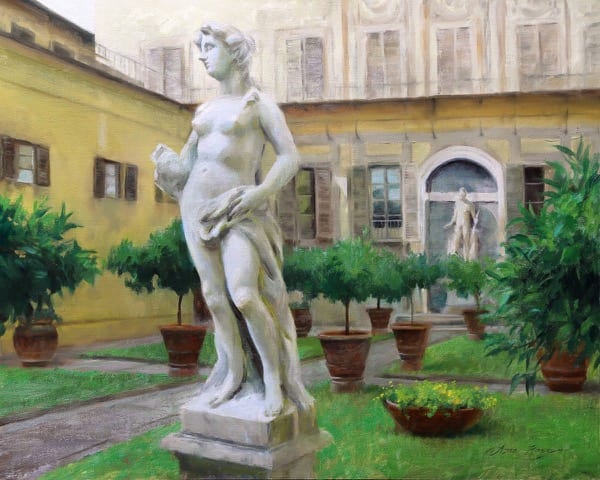
Oil on linen – 16″ x 20”
Here’s what I wrote: When I spent the summer as a 21-year-old in Florence to study figure painting, I knew I would deal with culture shock, but I couldn’t have prepared myself for just how rough of a transition it would be.
My luggage was lost for a week. Yes… a whole week. I couldn’t really afford to buy new clothes, but my twin sister, who was working three jobs that summer, wired me money to keep me afloat. I had to walk everywhere, including to class, because if I rode the bus I would constantly get accosted by men. I finally figured out that it was my blue eyes that made them crazy, so I bought some sunglasses. I was all alone and didn’t speak Italian. Yet every day, I found solace in drawing, especially when I could sit in a safe haven like the Boboli gardens, or a palace courtyard like this one in the Palazzo Medici-Riccardi, away from the busy streets. Not all of my memories of Florence are good, but the strongest and best memory is that feeling of purpose when I immersed myself in the art. I do love Italy and can’t wait to go back. ❤️
Your stories certainly don’t have to be as dramatic as this one. And they don’t even have to be art-related, as long as they help make the point you are trying to make. In my story, I included the four important elements: identifiable character (me), authentic emotion (culture shock), significant moment (finding a safe haven), and specific details (lost luggage, sunglasses on the bus, etc.).
Hall also goes into great detail about the four different types of stories that each of us can tell: the value story, the founder story, the purpose story, and the customer story. To find out more about what these are and how to start crafting your own, I highly recommend you check out this book for yourself. You’ll find yourself recalling all kinds of stories you may have forgotten, that could be valuable in marketing yourself and your work.

Something I did during my own quarantine funk was compile a slideshow video about my art journey for YouTube. You can check it out here. I thought this project was silly and that no one would really care to watch 34 minutes of embarrassing childhood and early career artwork, but I included a lot of entertaining stories in my narration. The response to this video has been incredible, and I’m so touched by how many people have found it inspiring. While you certainly don’t have to spend hours putting together a slideshow, you’ll be amazed at how much people will respond to your social media posts, newsletters, and marketing campaigns if you include a story!
I hope this has inspired you to start digging a little bit. Sift through old photos, remember your “firsts” (first date, first car, first painting you were truly happy with… etc.), and see how you can bridge the gap between yourself and your potential collectors, students, and patrons. And then—tell your story!
